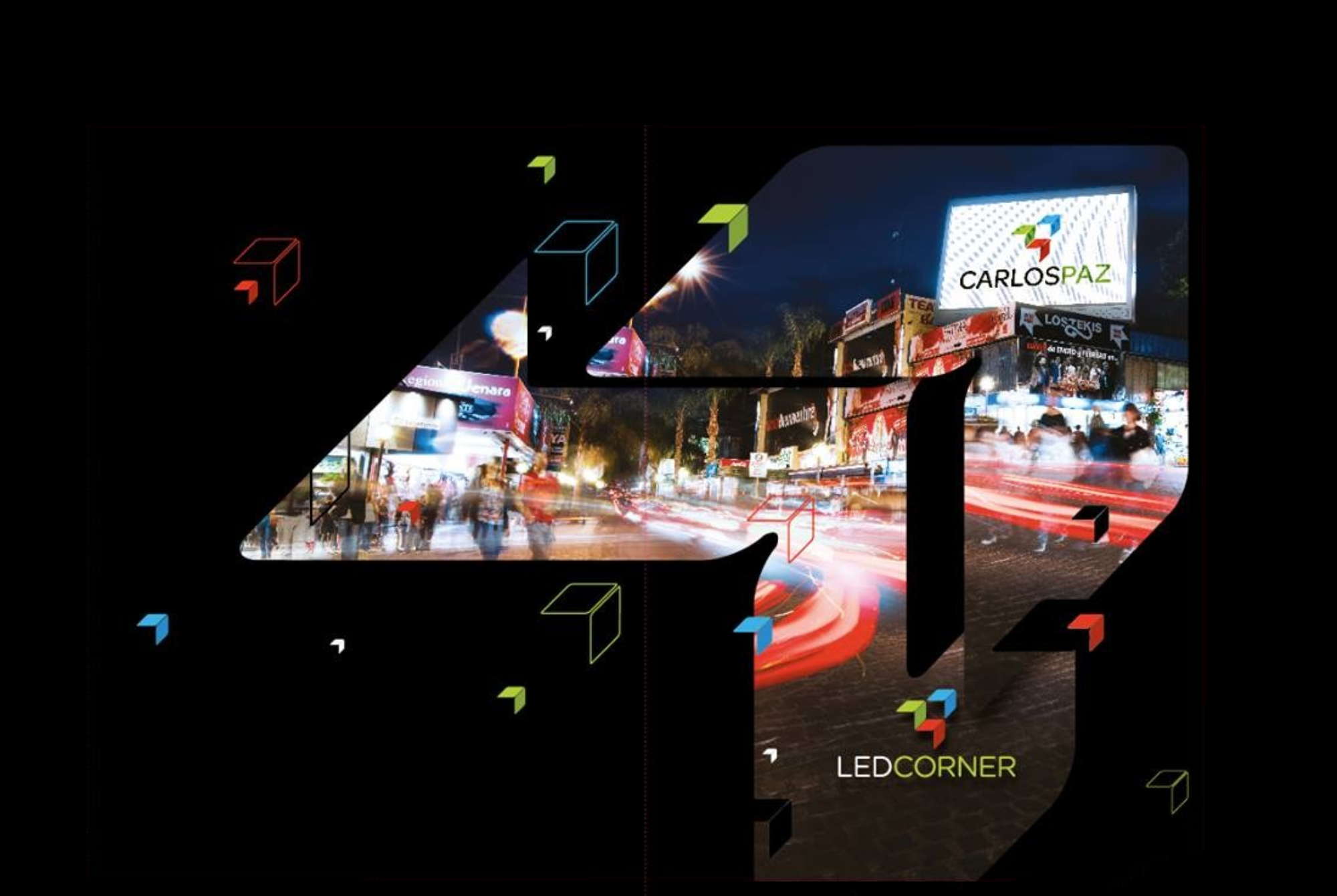control. For example, laser spot sizes of a hundred microns
final precision and accuracy of the 40Ar/39Ar
Dating strategies i
The decay of 147Sm to 143Nd for courting rocks began within the mid-1970s and was widespread by the early 1980s. It is helpful for dating very old igneous and metamorphic rocks and in addition meteorites and different cosmic fragments. However, there is a limited range in Sm-Nd isotopes in plenty of igneous rocks, though metamorphic rocks that contain the mineral garnet are useful as this mineral has a wide range in Sm-Nd isotopes. This approach also helps in figuring out the composition and evolution of the Earth’s mantle and bodies in the universe. Some don’t change with time and type secure isotopes (i.e. those who type throughout chemical reactions without breaking down).
2.2.1 issues of 40k/40ar dating
the 40Ar/39Ar age equation will
enable multiple ages to be determined on a single pattern
Argon–argon dating
This comparatively new method was developed in order to achieve extra correct dates than these obtained from the potassium-argon technique. The older technique required two samples for dating and could produce imprecise dates if the argon was not absolutely extracted. This newer technique converts a stable form of potassium (potassium-39) into argon-39. Measuring the proportions of argon-39 and argon-40 within a sample permits the age of the pattern to be decided. Only one pattern is required for this technique as each the argon-39 and argon-40 could be extracted from the same pattern.
When volcanic rocks and minerals are shaped, they do not comprise fission tracks. The number of tracks will increase over time at a fee that is decided by the uranium content material. It is possible to calculate the age of a pattern by measuring the uranium content material and the density of the fission tracks. If an irradiated pattern is completely melted, the argon in the pattern is released in a single stage and supplies an age corresponding to that derived from typical potassium–argon courting, at least when correction components have been taken into consideration. Ages calculated for every temperature increment could be plotted on an age-spectrum diagram, which for an undisturbed pattern will yield a horizontal line (i.e., all ages are the same). For other samples, there is some variation within the calculated age at totally different temperatures and the info could be plotted on an 40Ar/39Ar isochron or isotope-correlation diagram.
Introduction history of relationship methods
Integration of those empirical datasets with numerical simulations requires a strong treatment of uncertainties. These exciting developments herald a new understanding of ice mass response to external drivers of change (ocean and atmospheric temperatures) compared with inside drivers, such as ice divide migration, topography, calving, or ice-dammed proglacial lakes. These efforts will assist to know probably drivers of change in current ice plenty, and future rates and magnitudes of sea level change, mountain glacier recession and meltwater provide, and altering glacier-related hazards.
However, care is required as some samples have fission tracks reset throughout bushfires, giving far too younger ages. Several minerals incorporate tiny quantities of uranium into their structure when they crystallise. The radioactive decay from the uranium releases energy and particles (this strips away electrons leading to dysfunction in the mineral structure). The travel of those particles via the mineral leaves scars of damage about one thousandth of a millimetre in waiter app review length.
The oceans and marine geochemistry
This is a big problem in grained materials like clay, and may end result in the redistribution of argon in inhomogeneous samples. The major use for 40Ar/39Ar geochronology is courting metamorphic and igneous minerals. 40Ar/39Ar is unlikely to offer the age of intrusions of granite because the age sometimes displays the time when a mineral cooled by way of its closure temperature. However, in a metamorphic rock that has not exceeded its closure temperature the age likely dates the crystallization of the mineral. Dating of movement on fault systems can be potential with the 40Ar/39Ar technique.

